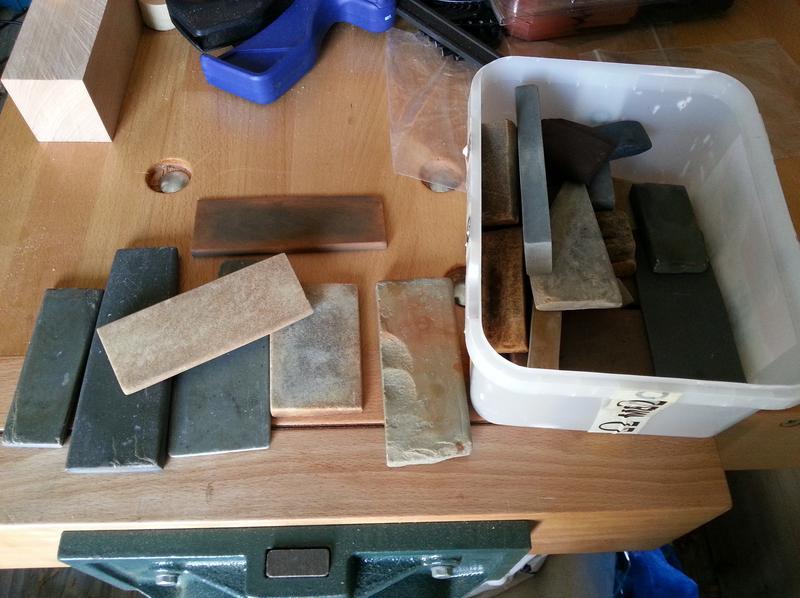I've never noticed that before, and I'll bet I have some boxes that say that on the bottom.
Makes sense, though. Light oil won't stay in those stones if the pores are open - something that stands at room temperature is necessary.
Not sure if the branding/name is the same in the UK.
Makes sense, though. Light oil won't stay in those stones if the pores are open - something that stands at room temperature is necessary.
Not sure if the branding/name is the same in the UK.




































